I calculated that 98 per cent of the world now uses Simplified Chinese.
And yet I chose to go to Taiwan to learn Chinese.
Bipolar Camps of Traditional vs Simplified
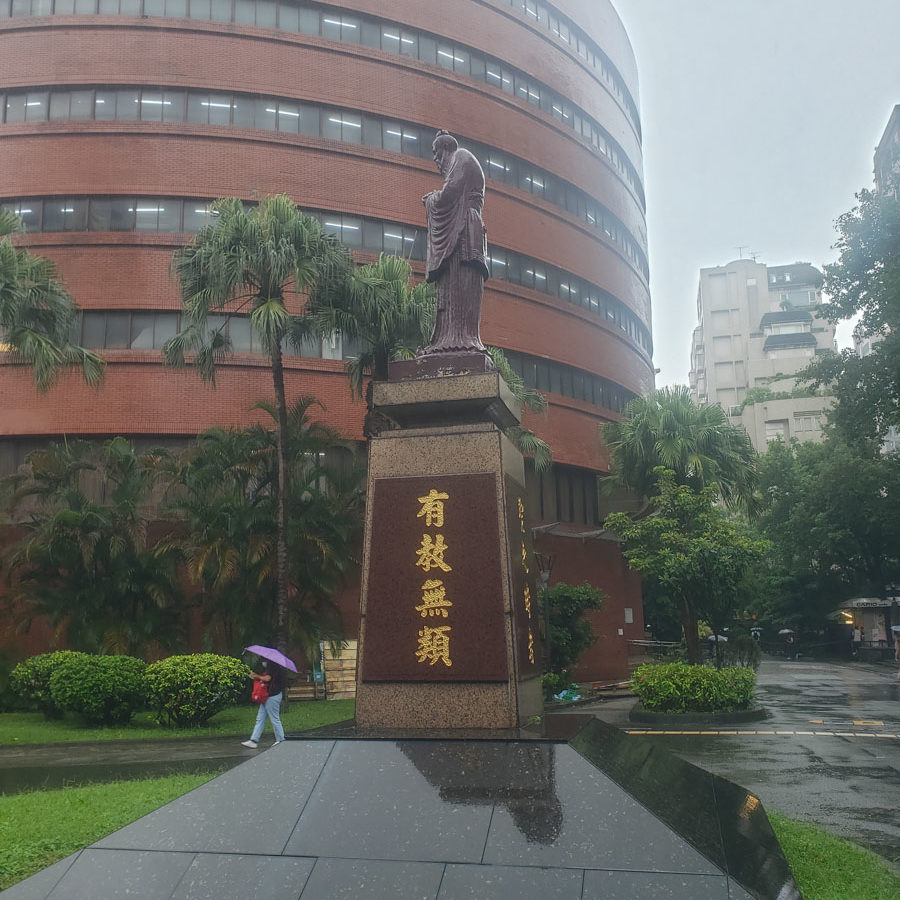
Apparently, the university where I studied Chinese saw an influx of students because China’s borders were closed.
Here’s why I decided to go to Taiwan.
National Taiwan Normal University had people from all over. India, Europe, the Americas and various parts of Asia.
Among these students from all over the world, a good number started by learning Simplified Chinese. Diving headfirst into Traditional Chinese because of this detour in their Chinese-learning journey.
A number of them would express their displeasure at having to learn Traditional Chinese.
And yet, diametrically opposite this group would be the students who insisted on learning Traditional Chinese, scoffing at the heresy that is Simplified Chinese, perhaps taking inspiration from Chiang Kai-Shek:
时至1960年代,大陆方面正式推出简体字方案,台湾开始坚持维护中国传统文化立场,以“正统”自居,推行“正体字”,视简体字为异端,开启中文泛政治化之争。
(By the 1960s, the Mainland officially launched the Simplified Chinese character plan, and Taiwan began to insist on safeguarding traditional Chinese culture. It regarded itself as “orthodox” and promoted “legacy”, viewing simplified characters as heretical, and started a pan-politicization of the Chinese language.)
郭振羽:中文一字两制新格局
The Folks Who Ran To Taiwan Started Chinese Simplification
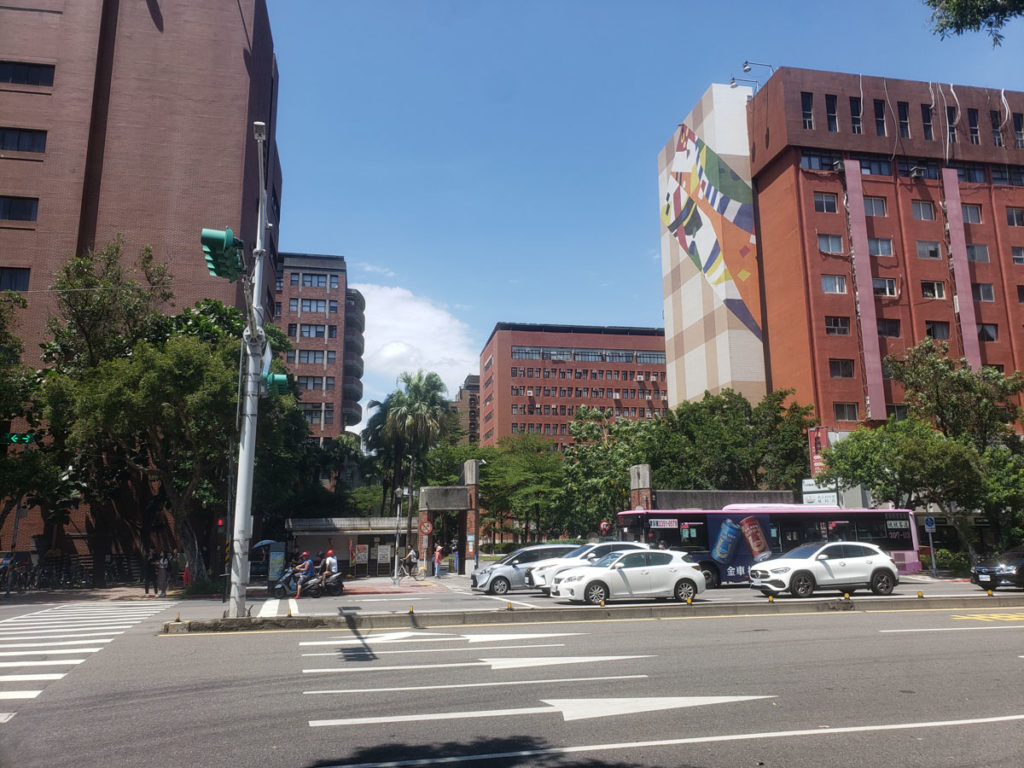
The quote above comes from a pretty interesting article, but it’s only in Chinese.
It did take me a lot of time — hours — to read through the article. Not only was it long, but it was academic.
But it was pretty illustrative of the history, politics and thought being Traditional Chinese and Simplified Chinese, and how China and Taiwan saw the two writing systems.
The most amazing aspect was how the 1992 Consensus had a version in Traditional Chinese and another in Simplified Chinese.
But that article reinforced what I have been hearing: that simplification of Chinese did not start with the People’s Republic of China.
In fact, it’s true that it started much earlier. As China got into a mess in the mid-19th century, this idea of simplifying Chinese (or Romanizing it) burgeoned.
The government and literati believed that the complex traditional characters were a hurdle to improving literacy rates, especially among the poor and the less educated populace.
This reform aimed to make reading and writing more accessible to the masses, facilitating easier communication and promoting economic and social development.
But let’s not forget who was in government at that time. Take your pick: the Qing Dynasty, the Nationalists or the Communist Party.
Again, the article is pretty illustrative:
就以现代中文而言,在1949年之前一般通用传统书写形式,既是长年通用,也就从未称之为繁体字或正体字。然而,汉字简化的建议,自五四运动以来从未间断。早在1936年,南京国民政府就公布了《第一批简体字表》,是汉字简化运动的首次官方尝试。事实上,早年台湾方面并不排斥文字简化。当年考试院副院长罗家伦(也是早年五四运动健将)1954年3月,在台湾《中央日报》发表长文《简体字之提倡为必要》,后印成《简体字运动》单本。1969年6月,台湾官方还提出《整理简笔字案》。时至1960年代,大陆方面正式推出简体字方案,台湾开始坚持维护中国传统文化立场,以“正统”自居,推行“正体字”,视简体字为异端,开启中文泛政治化之争。
(As far as modern Chinese is concerned, the traditional writing form was generally used before 1949.
Since it has been used for many years, it has never been called traditional Chinese characters or traditional Chinese characters.
However, the proposal to simplify Chinese characters has never stopped since the May Fourth Movement.
As early as 1936, the Nanjing National Government published the “First Batch of Simplified Character Lists”, which was the first official attempt to simplify the Chinese characters.
In fact, in the early years, Taiwan did not reject the simplification of characters. In March 1954, Luo Jialun, deputy director of the Examination Yuan (who was also an early figure in the May 4th Movement), published a long article in Taiwan’s “Central Daily News” titled “Promotion of Simplified Chinese Characters Is Necessary,” which was later published as a single book called “Simplified Chinese Characters Movement.”
In June 1969, Taiwan officials also proposed the “Proposal to Organize Simple Chinese Characters.”
郭振羽:中文一字两制新格局
Learning Traditional Chinese After Simplified Chinese
If you are used to Simplified Chinese, then learning Traditional Chinese can feel like learning a new language, except only in the reading and handwriting aspect.
Yes, specifically handwriting. If you input text electronically, it’s more of a test of whether you can recognize the character.
My observation is you do have to learn to recognize a good number of characters. If you wrote a sentence out in Simplified Chinese and Traditional Chinese, you might notice that at least half of the characters do look different.
Even most three-character Chinese names will see at least one character written differently.
Here are the biggest stonewalls as I observed them:
Mentality
By a large margin, the Chinese language is expressed in Simplified Chinese.
Some people would have a problem learning Traditional Chinese as a result.
Why use a less efficient, more complex and less widespread way of writing?
It can feel like using an abacus when you already have a calculator.
I mentally summed it up with this logic: if you want to consider yourself good with Chinese, you will have to be able to read Traditional Chinese. That was my biggest motivator.
Differences in Traditional and Simplified Chinese
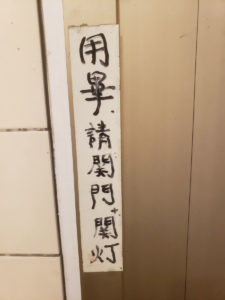
There are a few characters that have gotchas. Small, minute differences that you won’t notice, such as
| Simplified Chinese | Traditional Chinese |
| 两 | 兩 |
| 内 | 內 |
| 绝 | 絕 |
| 够 | 夠 |
Then, there are characters that quite unintelligible from one another.
| Simplified Chinese | Traditional Chinese |
| 凭 | 凴 |
| 彻 | 徹/澈 |
| 宪 | 憲 |
| 污 | 污/汙 |
Spot the differences and leave a comment.

Is It Better To Learn Traditional or Simplified Chinese?
The decision between learning Traditional or Simplified Chinese often hinges on an individual’s personal, professional, or academic aspirations.
But Simplified Chinese, predominantly used in Mainland China and Singapore, may be the more pragmatic choice for those aiming to engage with communities or pursue opportunities in these regions.
The simplified script, with its reduced stroke count and modified forms, is designed to be easier to learn and quicker to write. This might appeal to learners who are looking to attain a functional proficiency in a relatively shorter span of time.
On the other hand, Traditional Chinese, with its richer strokes and forms, offers a gateway to a vast historical and cultural legacy.
It is the script of choice in Taiwan, Hong Kong, and among many overseas Chinese communities. Those with an academic interest in Chinese literature, history, or art, might find Traditional Chinese to be a more rewarding pursuit.
If you are going to live in Taiwan or Hong Kong, it makes sense to know how to read Traditional Chinese.
Is It Easier To Learn Simplified Chinese After Learning Traditional?
A good number of people say that it’s easier to go from Traditional to Simplified.
I have something to add: with language, might is right.
Taiwanese people would encounter a lot of Chinese media, which disseminates the way things are said there as well as Simplified Characters.
At the university, my Chinese teacher would say how she had to insist that her child use Taiwanese terms rather than Mainland China terms because her child was consuming Chinese media and hence learning how people in China refer to stuff.
Hence, my theory is that most Traditional Chinese users would have to encounter Simplified Chinese more frequently, but not necessarily the other way round.
My Journey Getting To Grips With Traditional Chinese
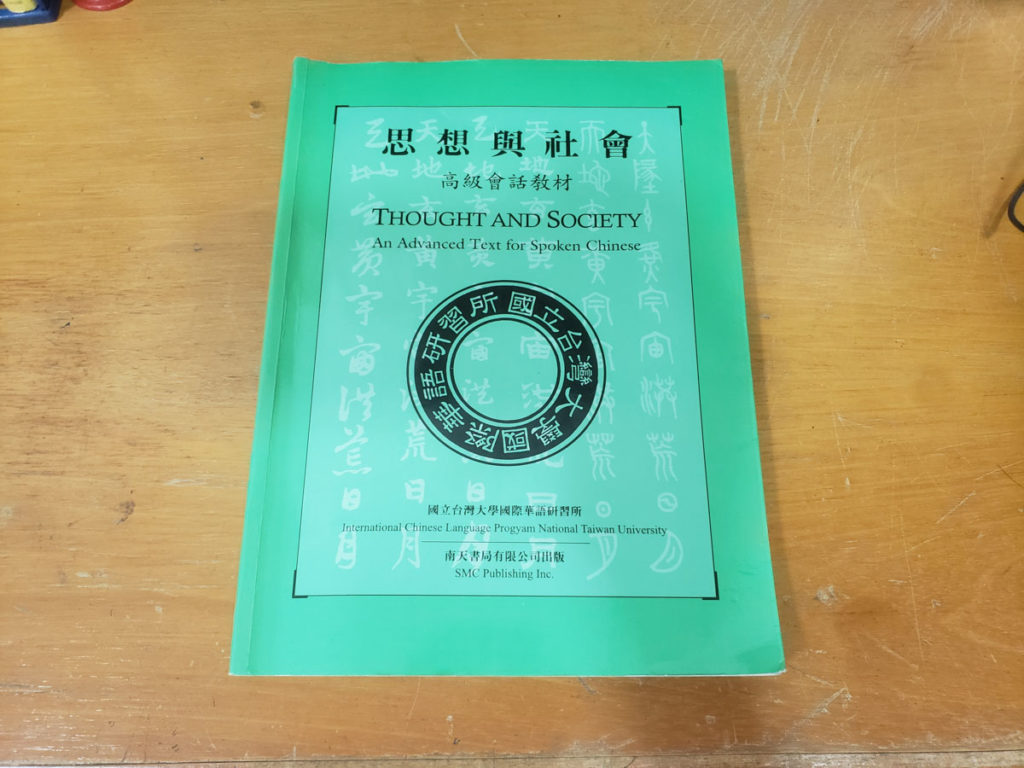
It’s just a matter of how much time you spend into getting familiar with Traditional Chinese. I wrote an article of how I improved my Chinese before I went to study it in Taiwan.
At NTNU, I had classes Monday to Friday for two to three hours in-class, plus homework.
Outside of school, I made an effort to speak Chinese.
It really did help that I looked Chinese and I had a decent level of Chinese. My friends who don’t have either would find that people would speak English to them sometimes.
Plus, not having a requisite ability in Chinese would hamper one’s ability to hang out with Chinese-speaking friends.
Nonetheless, the hours that I spend in school really helped. Reading a passage can be tough because sometimes, I might understand every character but don’t understand the entirety of the text.
With a teacher’s guidance, it’s a lot easier. You can also ask questions specific to your doubts, which helps.
Being in Taiwan really helped me read Traditional Chinese. Going to school really helped because I was forced to read it very often. People would also text me in Traditional Chinese, which also helped me spend more time reading it.
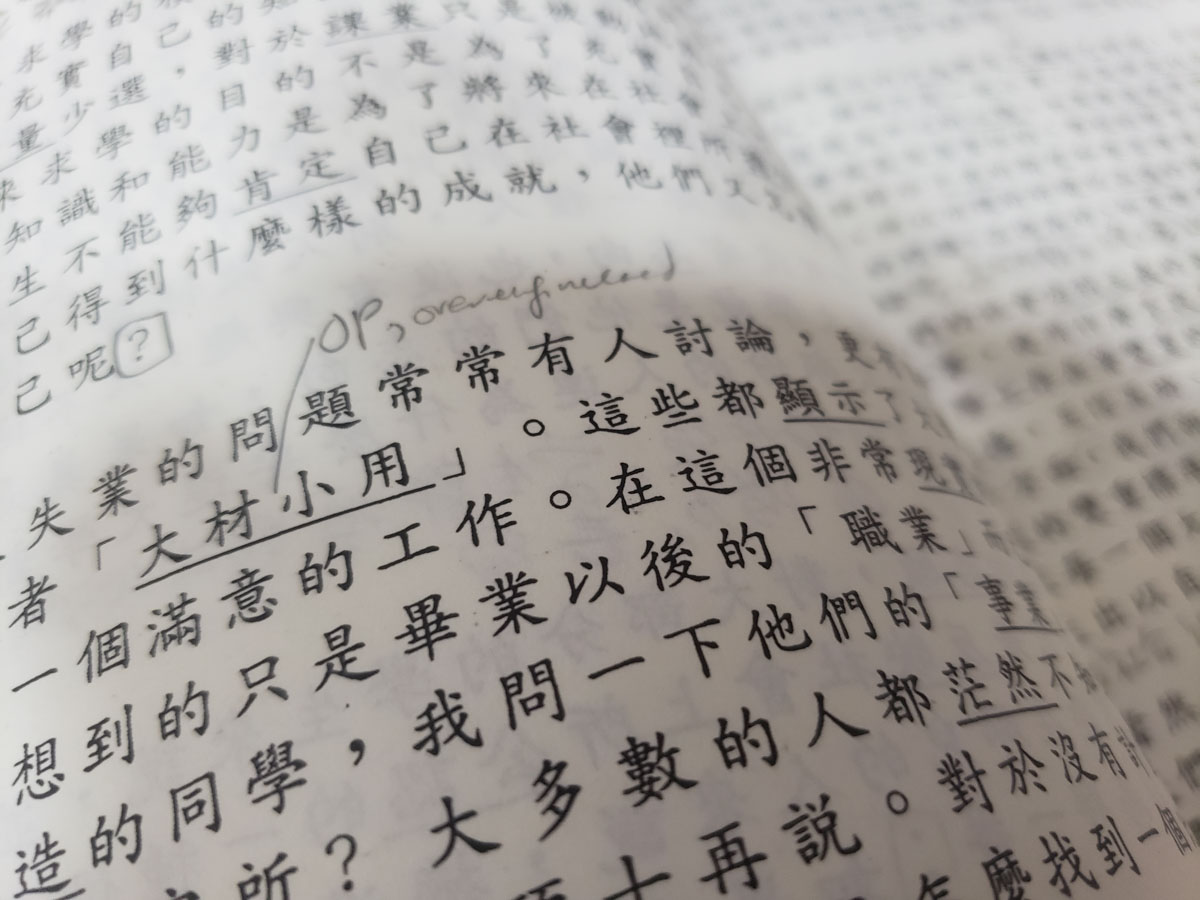
Leave a Reply